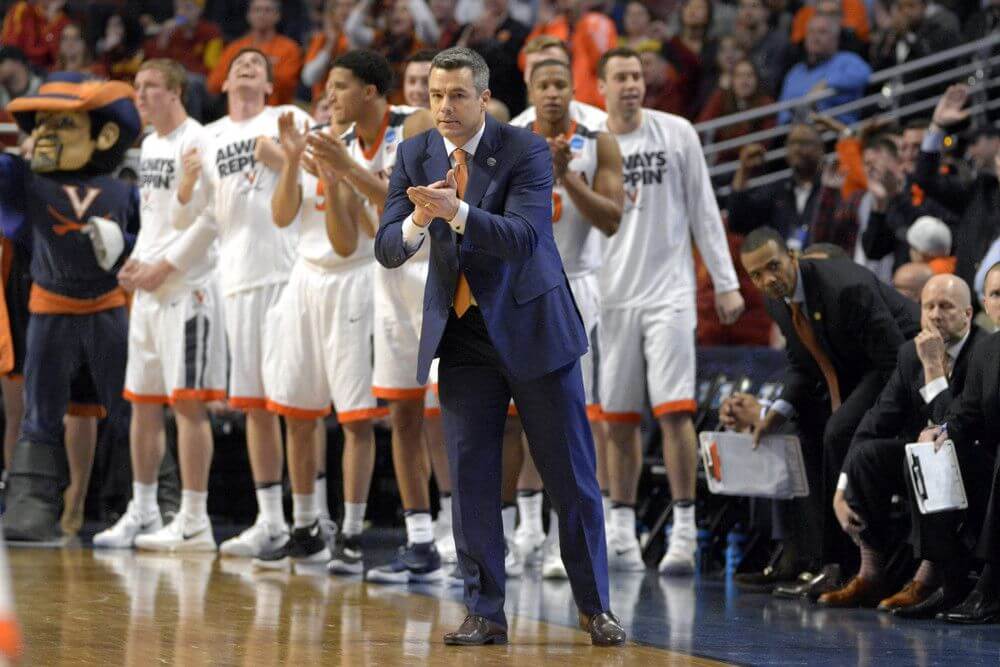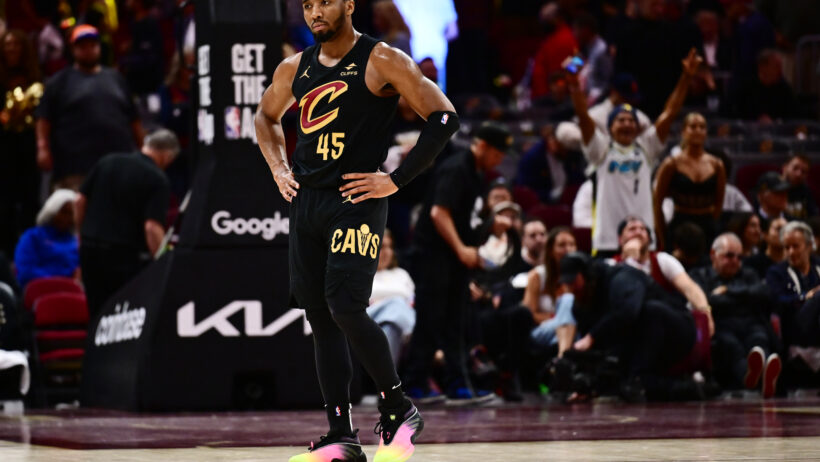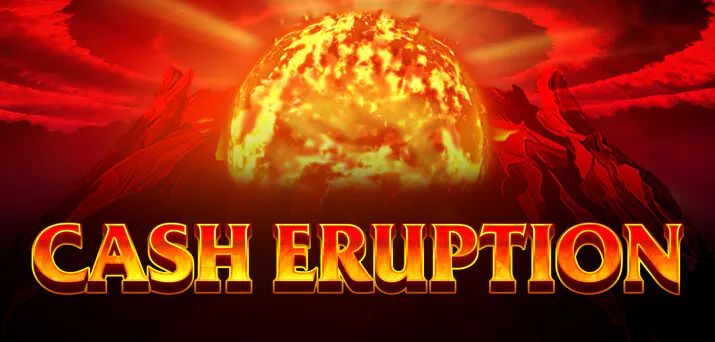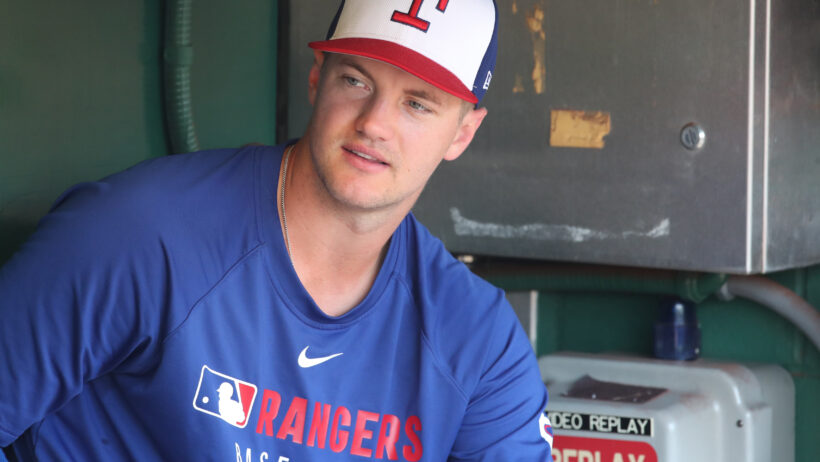5 Craziest Upsets in March Madness History
By Sascha Paruk in College Basketball
Updated: December 19, 2024 at 5:55 pm ESTPublished:

- Upsets abound in March Madness, but some are a lot more improbable than others.
- What are the biggest upsets in NCAA Tournament history?
- We count down the top-five one-game underdog stories in March Madness lore.
While there have been countless upsets in the NCAA Tournament over the years, it’s still extremely rare to see any seed worse than No. 14 advance to the second round. But there have been a handful over the years.
Here is SBD’s ranking of the five biggest upsets in the storied, upset-laden history of March Madness.
5. No. 15 Norfolk State beats No. 2 Missouri (2012)
The battle for the #5 spot on the list was a fierce one! Ultimately, I gave Norfolk State the nod over No. 15 Coppin State beating No. 2 South Carolina in 1997 because …
- (a) it had a bigger point spread (Missouri -21 vs South Carolina -18.5), and
- (b) Norfolk State is the lowest-ranked team at KenPom.com (which goes back to 2002) to ever advance in the NCAA Tournament.
The Spartans were ranked 191st at KenPom entering the 2012 tournament, whereas Missouri was 6th. Basketball bans will soon be able to bet legally with all major sportsbook operators, including bet365 with these Missouri sports betting apps.
The Tigers had rolled to a 30-4 regular season, finishing second in the Big 12 (14-4) and then winning the conference tournament on the strength of three straight double-digit wins.
Their offense, led by Marcus Denmon (17.7 PPG), Kim English (14.5 PPG), and Phil Pressey (10.3 PPG, 6.4 APG), was the stuff of legend. Its 125.1 adjusted efficiency rating was the highest ever recorded at that point in time.
The defense was decidedly worse. It ranked 111th in adjusted efficiency and routinely gave up 70-plus points, even though Frank Haith’s team didn’t play at a high tempo.
That subpar defense put in the equivalent of a triple bogey in the tournament.

Missouri allowed the Spartans to shoot 54% from the field and 53% from the three-point line while giving up 14 offensive rebounds. On the whole, Missouri lost the battle on the boards 35-23.
Missouri’s electric offense kept up its end of the bargain, shooting 53% from the floor and 45% from beyond the arc. But it wasn’t enough to overcome the deficiencies at the other end.
As with the next underdog team on this list, Norfolk State’s upset bid was led by a future NBAer. Center Kyle O’Quinn absolutely crushed the undersized Tigers in the post and on the glass, dropping 26 points on 10-16 shooting while hauling in 14 rebounds.
O’Quinn, a second-round pick by Orlando in 2012, has averaged 5.6 points and 4.7 rebounds per game in six-plus NBA seasons with the Magic, Knicks, and now Pacers.
Like most big underdogs that advance, Norfolk State would come crashing back to Earth in its next game, getting demolished 84-50 by No. 7 Florida.
4. No. 15 Lehigh beats No. 2 Duke (2012)
This upset is lower on most March Madness upset lists because, in reality, 2012 Duke did not deserve a no. 2 seed. They were only 27-6 entering the tournament and ranked 19th at KenPom. Their defense was absolutely abysmal, sitting 79th in defensive efficiency.
Advanced analytics saw Lehigh vs Duke as a closer matchup than most no. 2 vs no. 15 games and the spread opened at a moderate Duke -12.
But this was still a team coached by Mike Krzyzewski, one of the most successful coaches in March Madness history, and led by six future NBA players: Quinn Cook, Seth Curry, Andrew Dawkins, Ryan Kelly, Austin Rivers, Mason Plumlee, and Miles Plumlee.

Duke didn’t have a Zion Williamson, JJ Redick, or Brandon Ingram in the mix, but when 90% of your rotation players can hang in the Association, you aren’t supposed to lose to a team that finished second in the Patriot League.
Except that generic statement overlooks one very important fact: this Patriot League runner-up did have the future NBA superstar that Duke was missing.
Before he started dropping 30-point games on the reg in Portland, CJ McCollum was averaging 21.3 PPG over four stellar years for the Mountain Hawks.
He wasn’t terribly efficient against Duke, but he still finished with 30 points on 9-24 from the field and 10-16 from the stripe. Meanwhile, Duke shot just 26% from three and sent Lehigh to the line 37 times.
Lehigh’s Cinderella run would only last one game, as they fell to no. 10 Xavier two days later (70-58).
3. No. 15 Richmond beats No. 2 Syracuse (1991)
I didn’t want to put this game so high because I was barely alive when it happened and the highlights are old and grainy. But ultimately, Richmond’s 73-69 upset of Syracuse can’t be ignored.
Richmond made a habit of upsetting high majors in the late 80s and early 90s. This was the coup de grace. A no. 15 seed had never beaten a no. 2 seed up to this point, and no one in their right mind figured Syracuse would be the first to fall.

The team was, as it is now, coached by Hall of Famer Jim Boeheim, who was already in his 15th season and had led the Orange to the title game in 1987.
Boeheim’s 1991 roster was stacked, starting with consensus First Team All-American and future #3 draft pick Billy Owens. Owens was joined by two other future pros in the frontcourt: Dave Johnson (19.4 PPG) and LeRon Ellis (11.1 PPG).
Happy Birthday to former NBA player & Syracuse legend Billy Owens http://t.co/XAVkxgSQFK pic.twitter.com/VhCuZbIiPc
— Ballislife.com (@Ballislife) May 2, 2015
Looking at the box score, it’s kind of hard to figure out how Richmond won. They only shot 29% from three, they lost the rebounding battle 30-25, and they didn’t have a significant edge in free-throw attempts (22 to 19).
But they were just a tiny bit better than the Orange in a few key areas — Syracuse was a horrid 24% from three, turned the ball over four more times, and missed five crucial free throws — which added up to a narrow win and a massive upset.
2. No. 15 MTSU beats No. 2 Michigan State (2016)
Michigan State was a chic title pick in 2016. Even Barack Obama sharpied the Spartans into the Final Four.
.@POTUS picked Kansas to cut down the nets in Indianapolis.
Here’s his bracket. #Baracketology #RockChalkBarack pic.twitter.com/QtyhooorjW
— Alex Wall (NARA) (@Alex44) March 16, 2016
But no one told Giddy Potts and the Blue Raiders that Obama’s picks were supposed to be gold. The Spartans were huge 17-point favorites at tip-off, yet Kermit Davis’ squad feasted on a vulnerable Michigan State defense, which ranked just 26th in defensive efficiency.
As with almost every underdog on this list, MTSU got incredibly hot from beyond the arc, hitting 11-19 from three.

Unlike many teams on this list, MTSU was not led by one superstar performance. It was a true team effort that cued the upset.
Every Blue Raider starter scored in double figures, led by Reggie Upshaw’s receding hairline with 21.
MTSU would go onto lose by 25 to Syracuse in the second round (75-50) while shooting under 30% from the field.
1. No. 16 UMBC beats No. 1 Virginia (2018)
This game will be at the top of every March Madness upset list for the foreseeable future. It’s the one that finally broke the 135-0 streak of no. 1 seeds in the first round of the tournament.

Virginia was 31-2 entering the tournament and was a massive 20.5-point favorite against UMBC.
Not only had Virginia captured the ACC regular-season title (going 15-2), it had also just rolled through the conference tournament, beating Louisville, Clemson, and UNC by an average of 10.3 points per game. They had the most smothering and efficient defense since 2014 Kentucky.
But that defense was somehow exposed by the Terriers, who owned the 206th-most efficient offense in the nation. UMBC dropped 74 points on UVA. To put that in perspective, the Cavaliers had not given up more than 68 points in a single game all season up to that point. They’d held 12 teams under 50.
Jairus Lyles was the hero for the Retrievers, going 9-11 from the field including 3-4 from three for 28 points. As a team, UMBC hit on 12-24 from beyond the arc.
UMBC lost 50-43 in the second round to Kansas State, shooting 6-22 from three (27.3%) and 14-47 from the field (29.8%).
Now it’s your turn. Tell me why my list is wrong in the comments or on Facebook or Twitter (or both).

Managing Editor
Sascha has been working in the sports-betting industry since 2014, and quickly paired his strong writing skills with a burgeoning knowledge of probability and statistics. He holds an undergraduate degree in linguistics and a Juris Doctor from the University of British Columbia.



